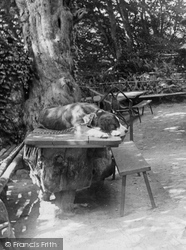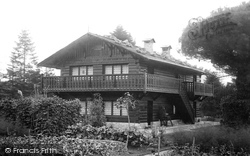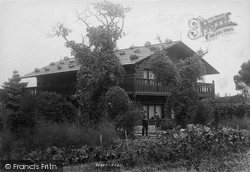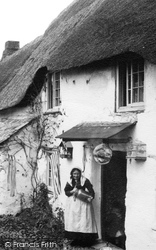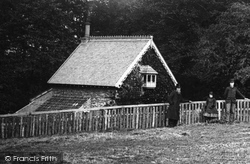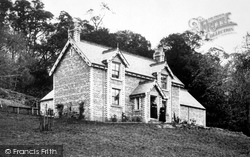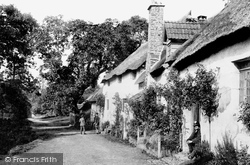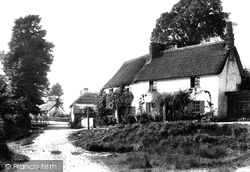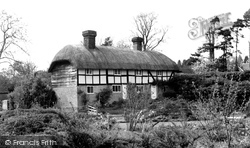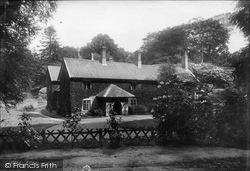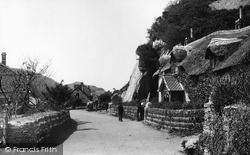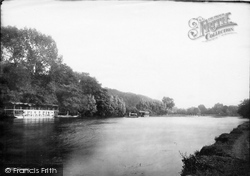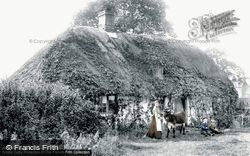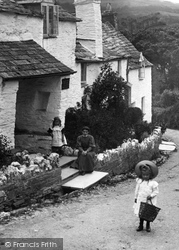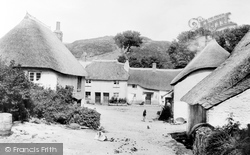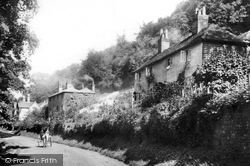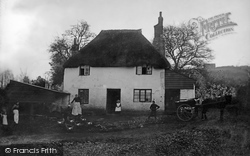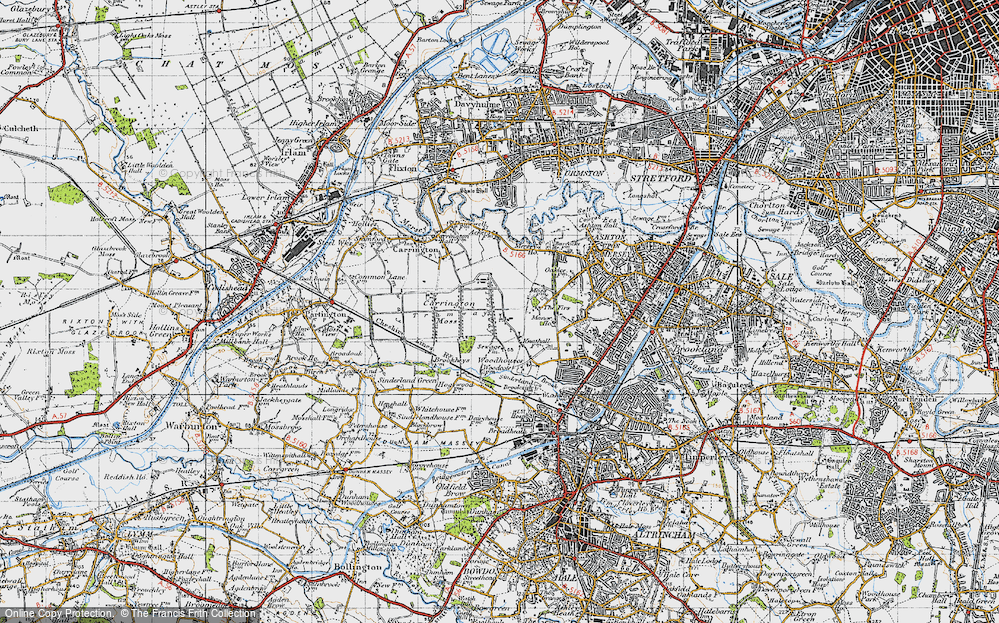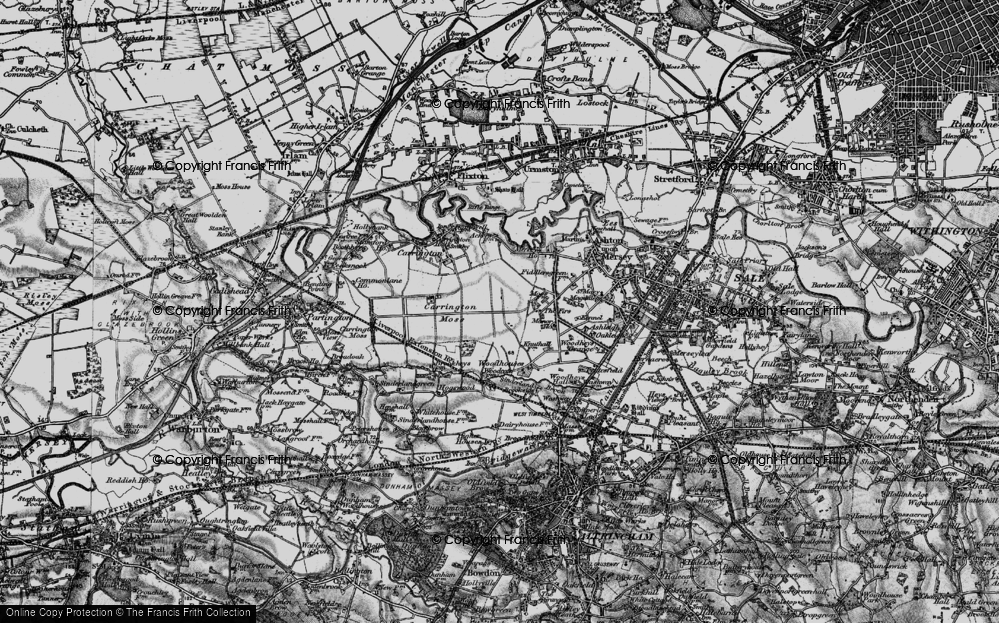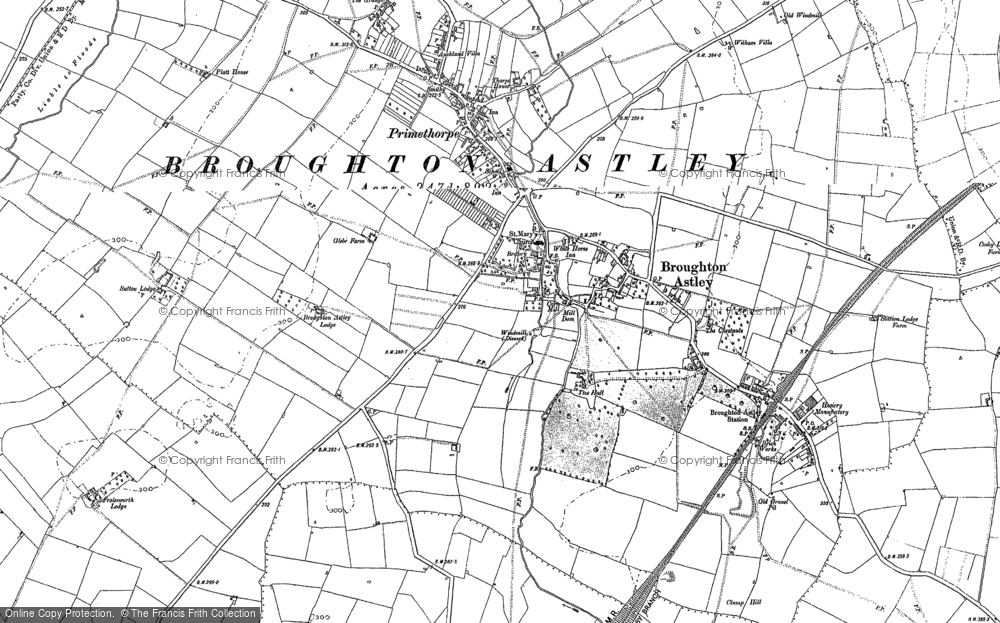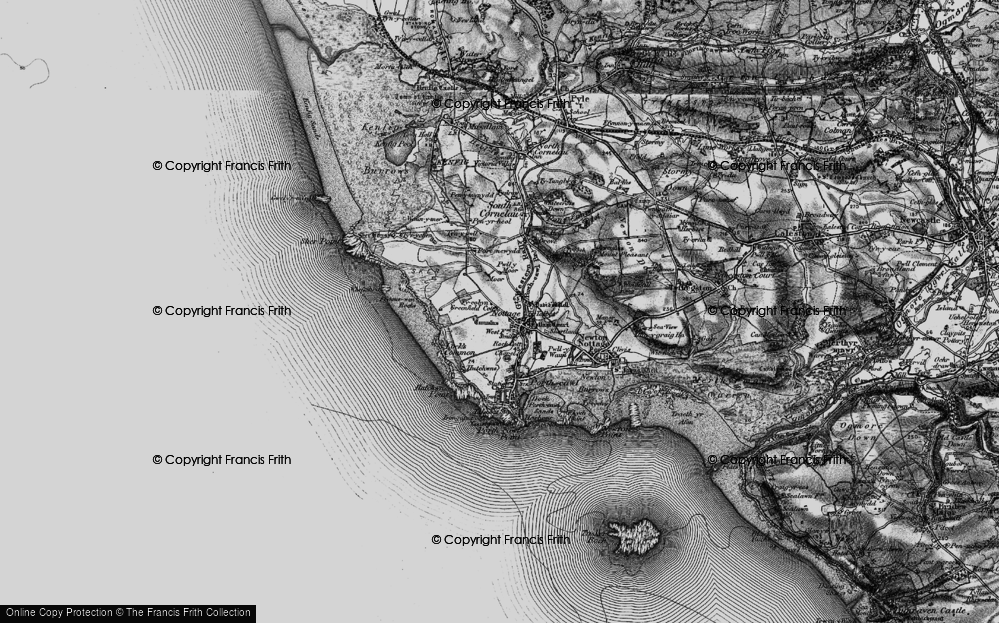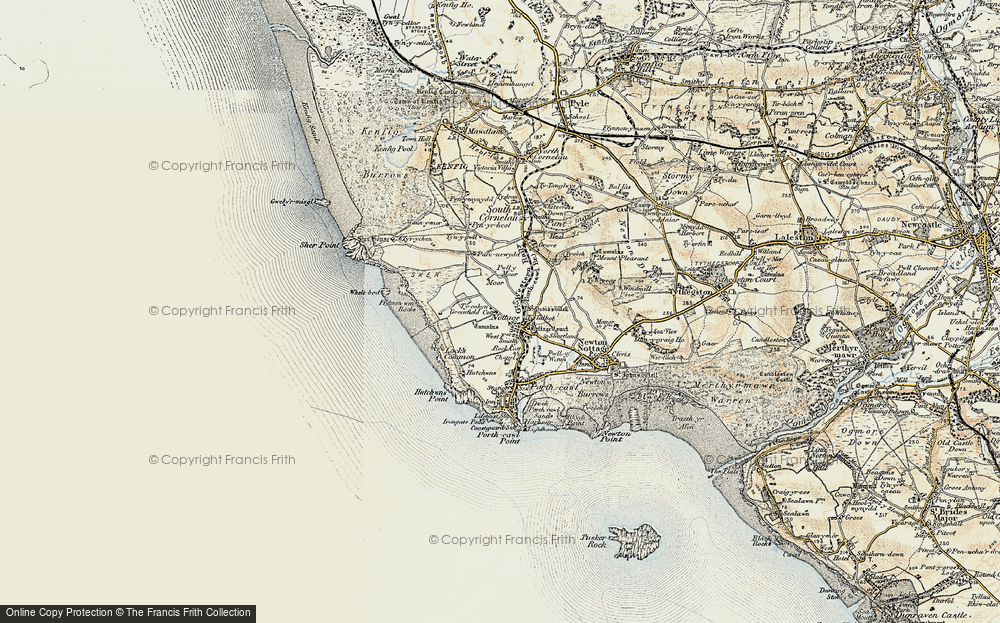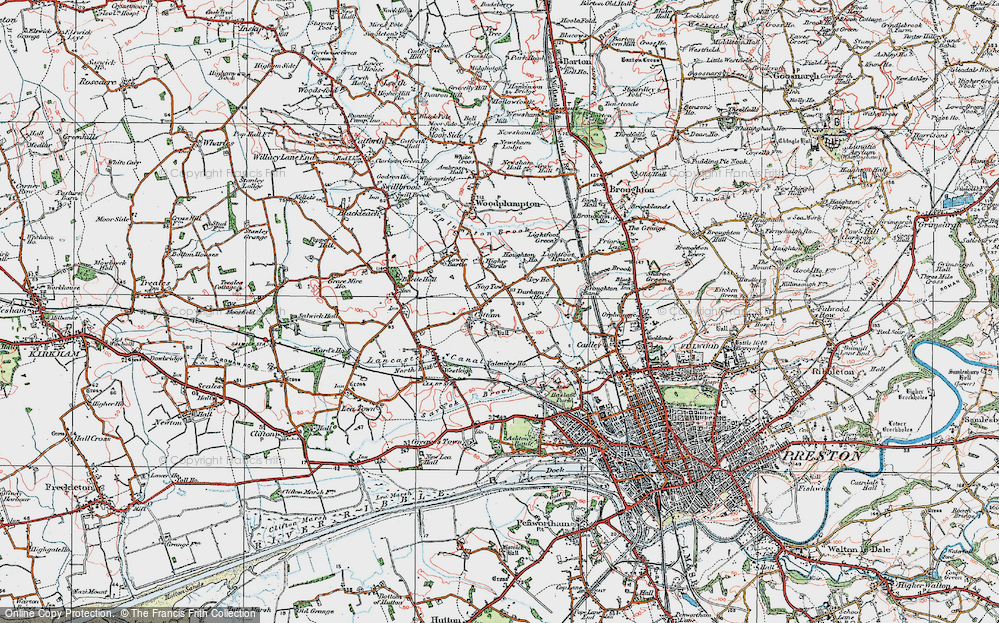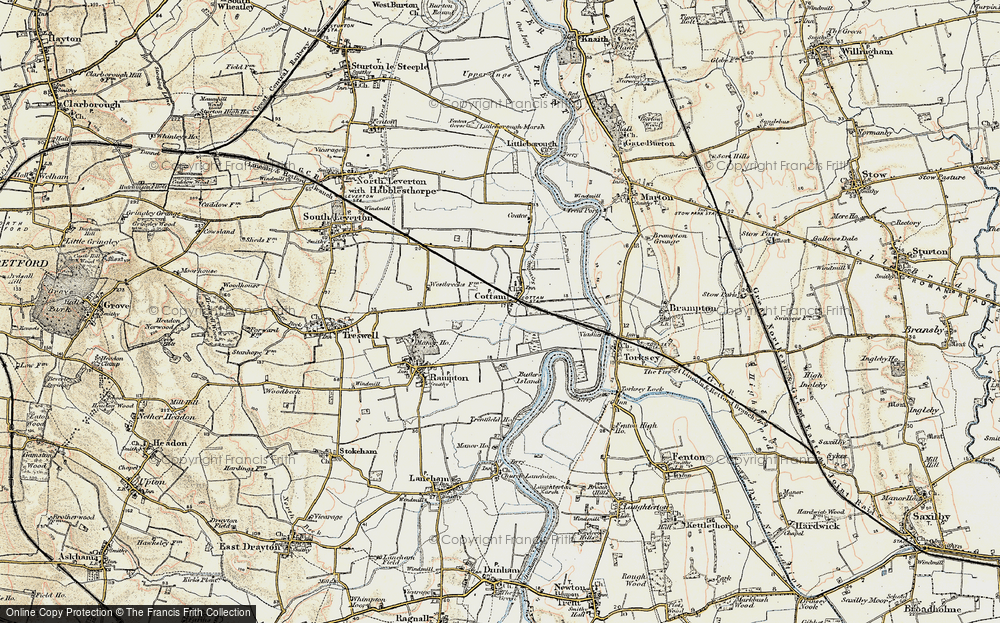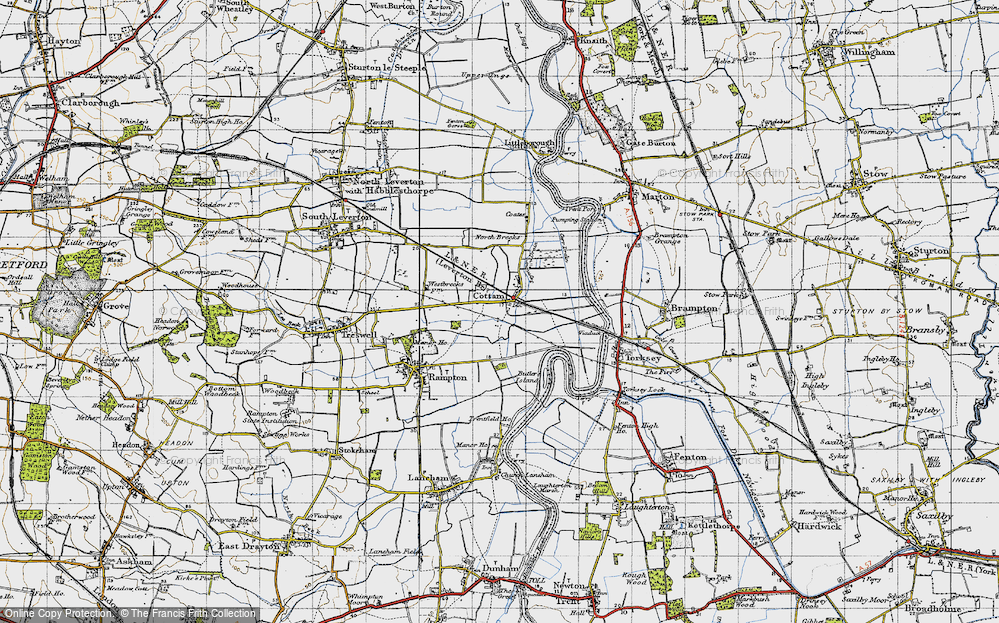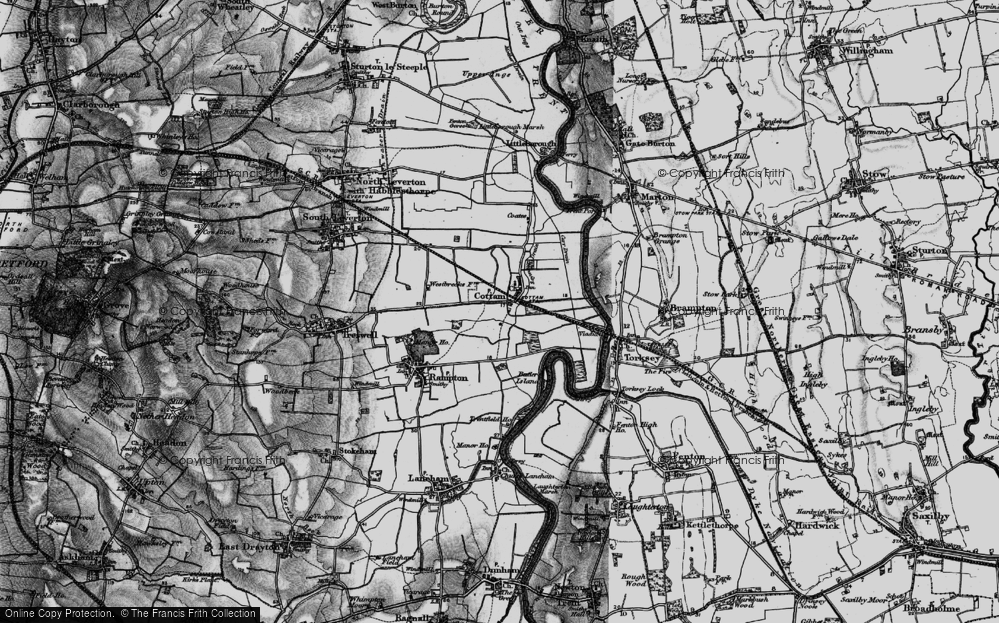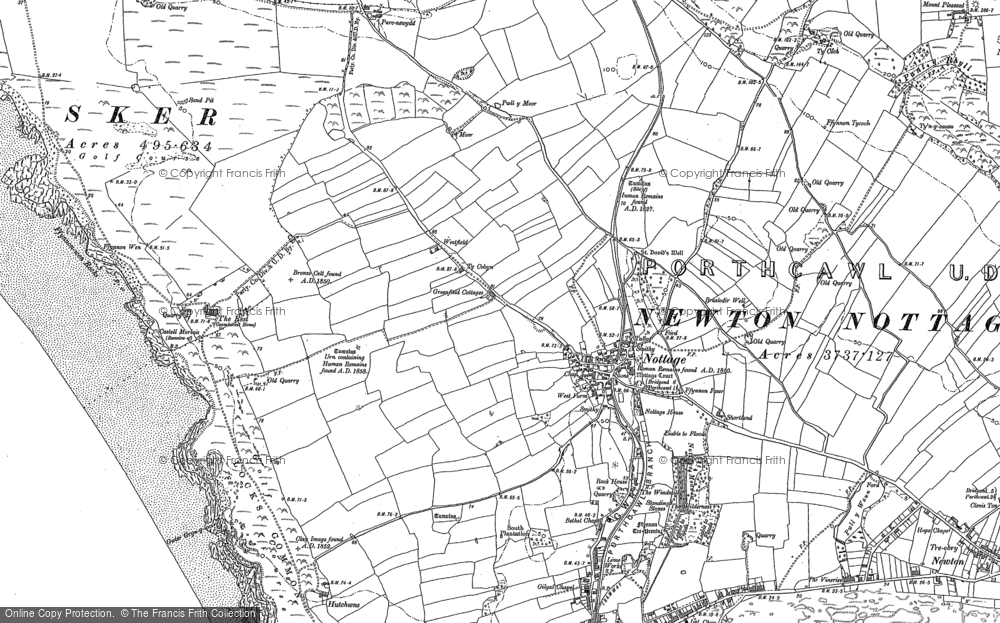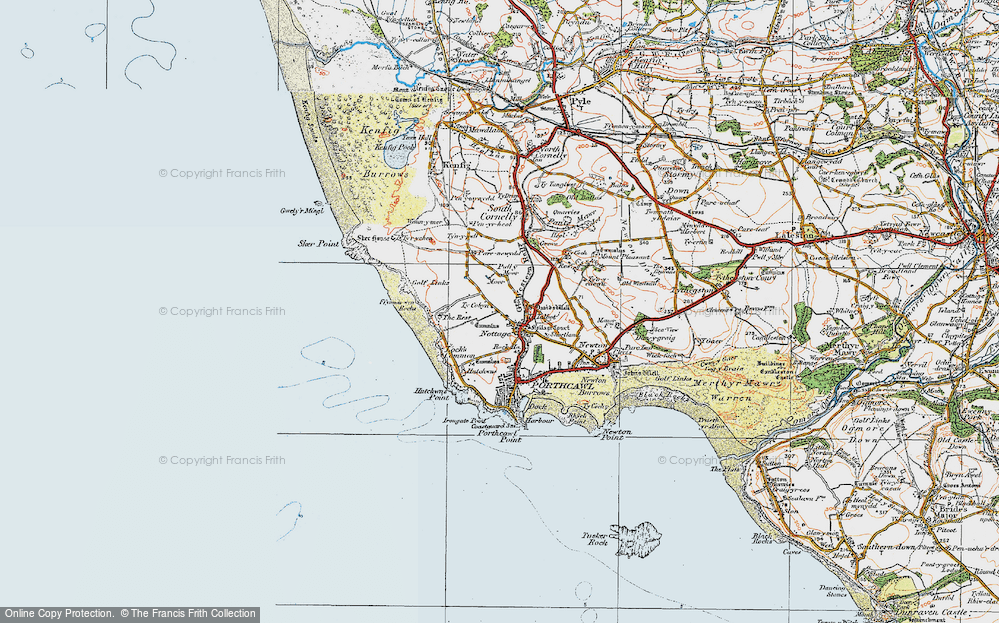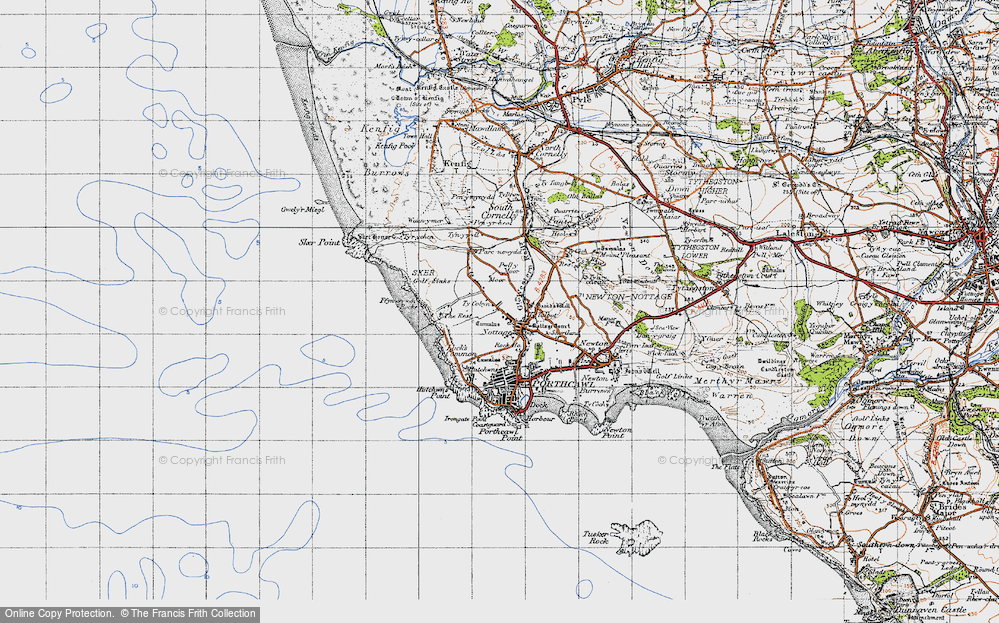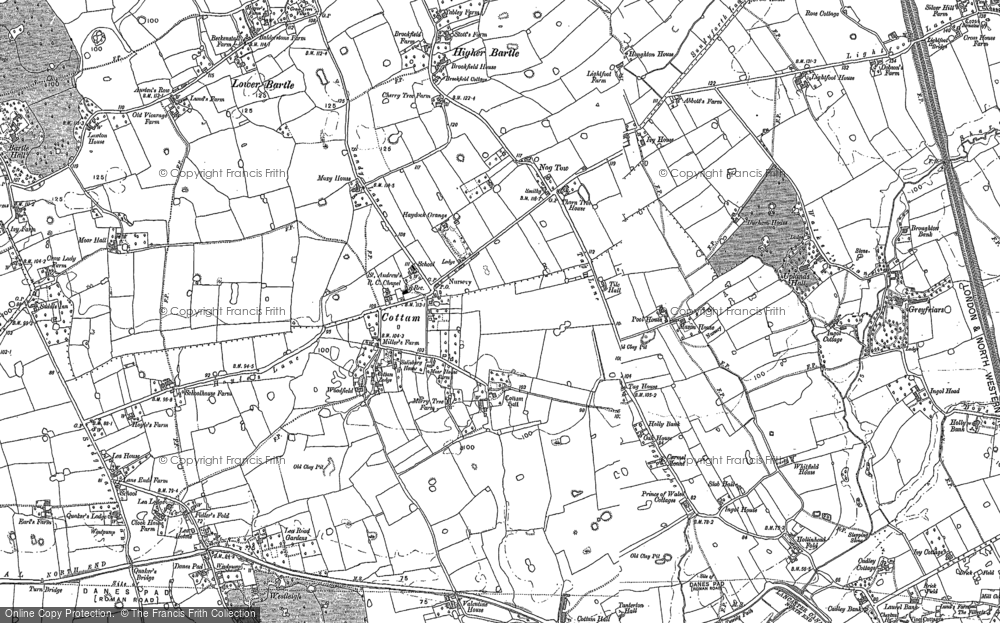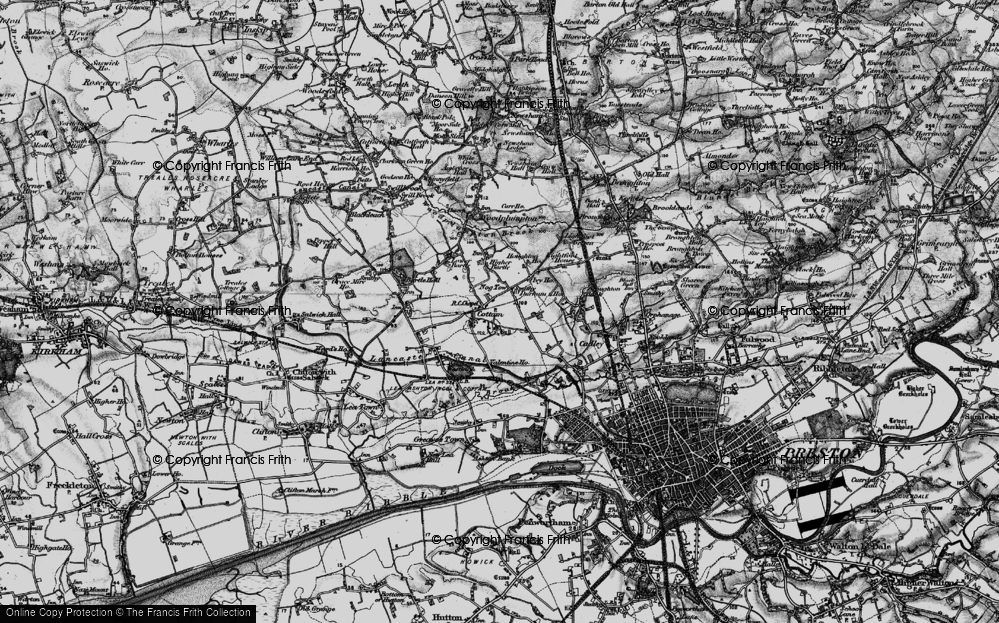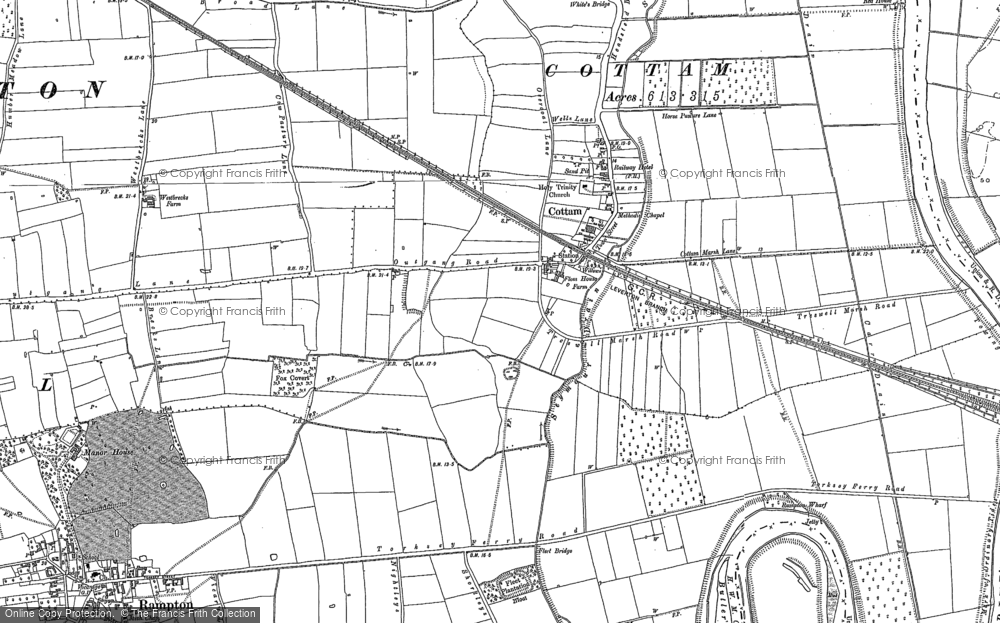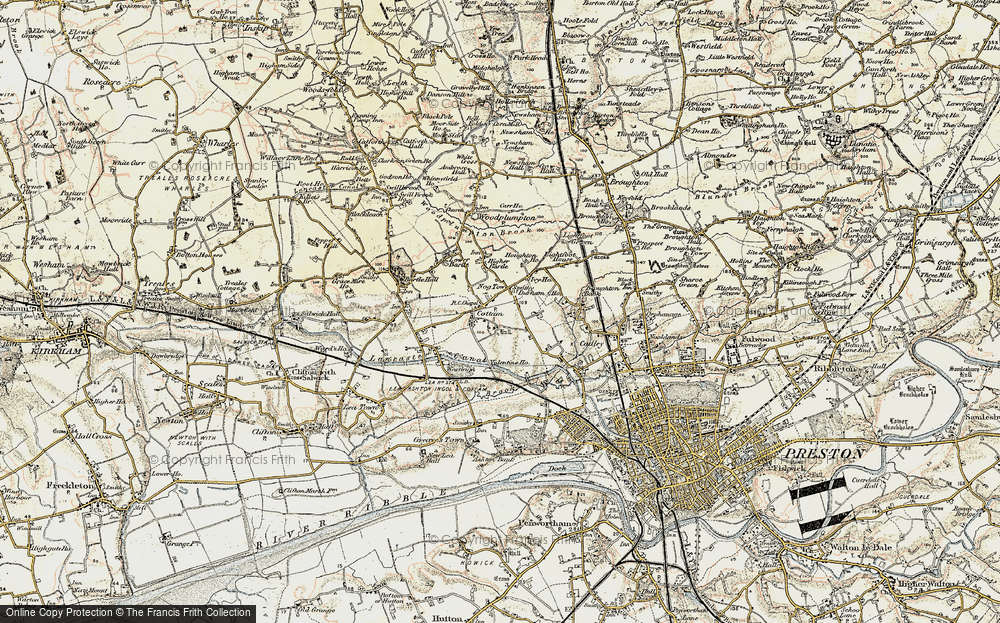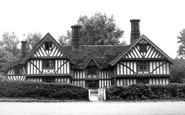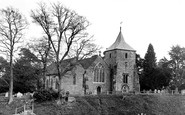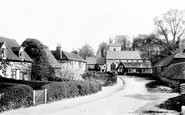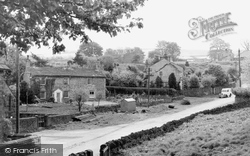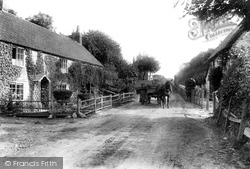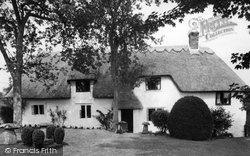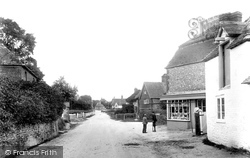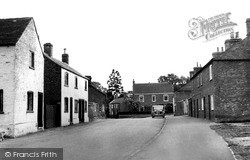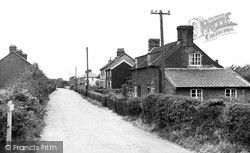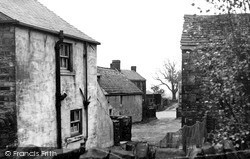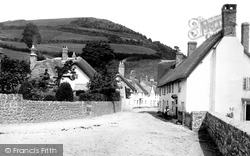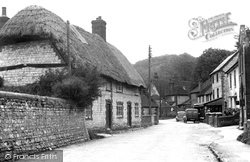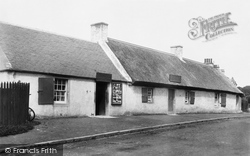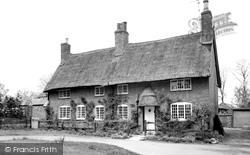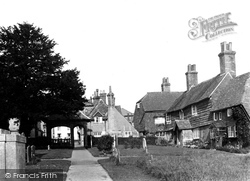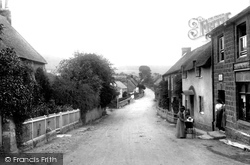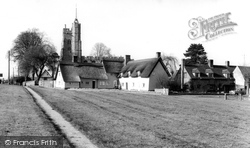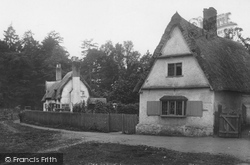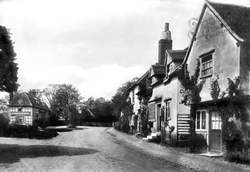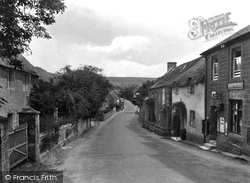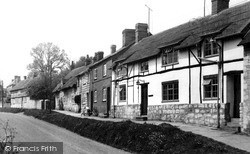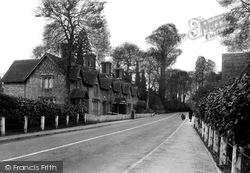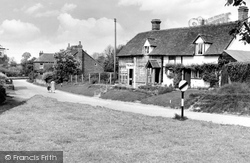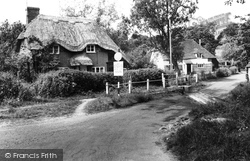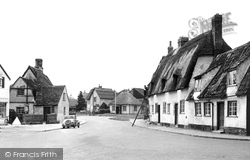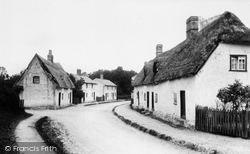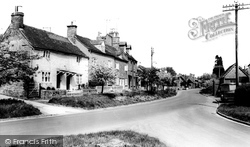Places
6 places found.
Those places high-lighted have photos. All locations may have maps, books and memories.
Photos
2,406 photos found. Showing results 21 to 40.
Maps
41 maps found.
Books
Sorry, no books were found that related to your search.
Memories
2,827 memories found. Showing results 11 to 20.
Cholderton Post Office
I spoke to my Dad last night to share what I found on Cholderton. He grew up in the Cholderton Post Office building in the 20's. He also lived in the cottages in the laneway that leads to St. Nicholas Church. He described ...Read more
A memory of Cholderton by
Personal Reflections
I was born in Sandleaze, Worton in 1957. I was brought up at 1 Mill Road near the Marston boundary. I remember many things about the village especially the Rose and Crown Pub and the Mill. I remember with pride the ...Read more
A memory of Worton by
The Black And White Cottages
My great grandparents, my nanna (and all of her siblings)and my mother all lived in this house. I'm not sure of the timeframe but it was for a number of years. My mom had many fond memories and stories of the crinkly ...Read more
A memory of Easton by
Dutch Cottage
I live 4 doors down from the cotttage and it is still going strong.
A memory of Rayleigh in 2008 by
Greengrocers 1899 1934 East Street: Mark & Annie Crouch
My Great Grandfather Mark Crouch ran a greengrocers shop from the front room of his thatched cottage in East Street from 1899-1934 and then after he died his wife Annie continued as a ...Read more
A memory of Westbourne in 1890 by
My Mother
My mother, Beatrice Constable, was born in a little cottage in Balcombe. The happy event took place in a small asbestos bungalow with lots of hydrangeas around the front door. Her parents were Joshua and Elizabeth Constable. Nan had ...Read more
A memory of Balcombe in 1900 by
Betchworth Village Shop
A school friend at Reigate Grammar was Joe Cheffings; his parents ran the village shop and bakery about midway to the church, on the left of the picture. An elder brother, Tony, helped at home when on holiday from St. ...Read more
A memory of Betchworth in 1947 by
Memories Of My Family
I was not born when my family lived in Kirkby Green but I have heard my mother tell a few stories of life there. She had a pet trout who lived in the Beck which ran past the back garden. She called him Peter and would go ...Read more
A memory of Kirkby Green by
Landlord Of White Horse Inn
I believe the White Horse was run by the Pratley family in the 1940s - 1950s. Jack Pratley married my father's cousin, Kathleen (nee Keen). I am slightly confused as the name of this pub is sometimes recorded as the ...Read more
A memory of Bladon in 1950 by
Happy Childhood
I lived with my grandma Elizabeth (Lizzie) Bignell at No 10 Ten Cottages from 1943 to around 1948. The houses were Estate owned (and still are) and my grandad Robert Bignell worked at the manor house first as a shepherd and ...Read more
A memory of Wormleighton in 1946 by
Captions
2,020 captions found. Showing results 25 to 48.
Some farm cottages date back to 1659 in this pretty village just east of Skipton.
Looking southwards along the main road towards Bridport, Rock Cottage and Groom's Cottage face the thatched Rose Cottage on the right.
Thomas Hardy used this cottage as the fictional home of Tess of the D'Urbervilles. In 1919 a very elderly man stood regarding the cottage.
Much of the village is owned by the Cowdray Estate, near Midhurst, and many of the cottages in Cocking have their woodwork painted the bright yellow of the estate.
The winding main street of this conservation village passes many cottages built for those who worked the land.
The cottages are Victorian and Edwardian, and some of them may have been built for workers at the kiln. Hazel Cottage, on the left, is dated 1901, and Maylea Cottage (opposite) is of the same period.
Most of the cottages were built in stone from the Greenmoor Quarry. The left foreground cottage has gone, but the small house (right) remains, which is connected to a converted barn and stable.
To make a promenade, all the cottages on the sea side of the lane have been demolished: a great loss of character.
There are some flint cottages and malmstone cottages here, like the one on the left; we can see that brick has been used to surround the windows and doors – this is because malmstone is not as good quality
Scotland's most celebrated poet Robert Burns was born in this simple cottage on 25 January 1759.
This is an almost ideal two- storey chocolate box cottage, with its thatched roof and door hood, small pane timber casement windows, and a profusion of flowers and creepers adorning the boundary
In 1924, a Miss Maberley died, leaving her three dilapidated churchyard cottages to the then vicar for use by the local poor and needy.
Chideock House on the left was, at this time, known as Myrtle Cottage, with a Mrs Bindloss as its inhabitant. Beyond are an obscured Bridge Cottage, By the Stream , and Apple Tree Thatch (centre).
These cottages on the green, against the backdrop of the church, are probably the most photographed houses in Suffolk.
Picket fencing encloses the gardens of these two cottages. The nearest cottage has pebble-dash rendering on the walls and a long-straw thatched roof with a traditional swept ridge.
Oak Beam Cottage, Two Door Cottage, and Chestnut Tree Cottage lead us to The Thatcher's Arms (left).
Down the hill are Alice Cottage, Chideock Court and Chapel Cottage. Trees partially obscure Bridge Cottage, By the Stream and Apple Tree Thatch (centre).
Here the cottages use the three main materials that give Whitchurch its architectural character: timber-framing, local coursed random limestone and brick.
This view shows facing cottges built at Canford Magna from 1870-72. By 1955, one cottage was the post office, with a separate telephone kiosk outside.
Lantern Cottage has changed very little since this photograph was taken; even the 'Teas' sign is the same, although looking somewhat weathered.
Dancing Green Cottage is almost hidden, but Blenheim Cottage is still to be seen.
A thatcher is just patching the long straw thatch of the cottage row; the nearer cottage butts against the former farmhouse, and has a pantiled roof with sloping dormer windows.
The cottages of the Madingley estate workers date from the 18th century. The oldest cottages are thatched and timber-framed.
Opposite is a row of cottages; the left-hand one is called Lace Cottage, a reminder of an important cottage industry for women hereabouts, which supplemented the men's meagre agricultural labourers
Places (6)
Photos (2406)
Memories (2827)
Books (0)
Maps (41)


